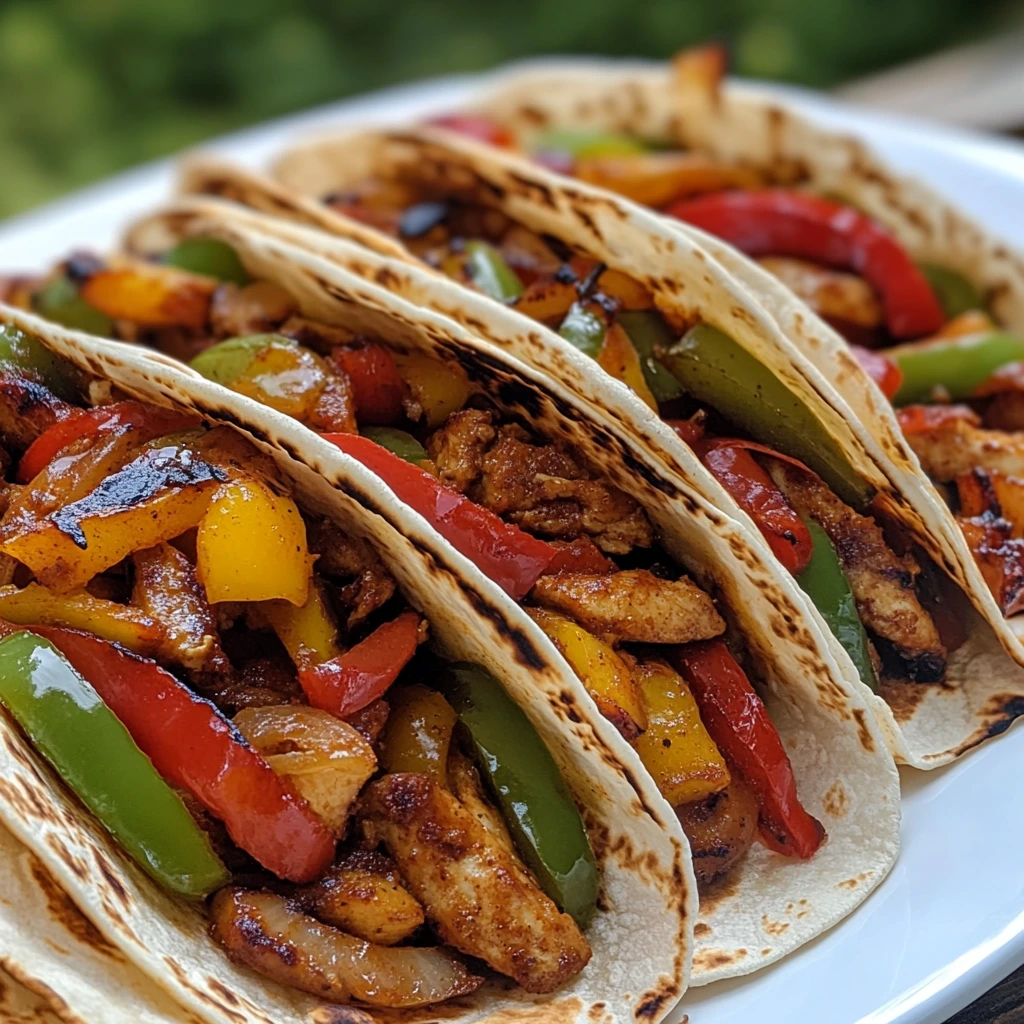Sizzling, colorful, and packed with flavor — Mexican Fajitas are more than just a meal. They’re a festive experience that brings people together. Whether you love juicy steak, tender chicken, or vibrant veggies, fajitas are easy to customize. With the right ingredients and a few simple steps, anyone can recreate this Tex-Mex favorite at home. This guide will walk you through everything you need: from seasoning to sizzling. Get ready to turn your kitchen into a joyful feast with every bite.
What Makes Mexican Fajitas So Irresistible?
A Brief History of Fajitas and Tex-Mex Flavor
Fajitas have humble roots in the ranchlands of South and West Texas. In the 1930s, Mexican cowboys, known as vaqueros, were often paid with less desirable cuts of beef like skirt steak. They marinated and grilled the meat over open flames, creating the earliest version of fajitas. The dish stayed local for decades.
In the 1970s, fajitas began appearing in Tex-Mex restaurants, especially in Houston and San Antonio. The sizzling skillet became a signature feature, drawing diners in. Tex-Mex cuisine blends Mexican ingredients with American tastes.
It’s bold, hearty, and full of character. Fajitas perfectly capture that spirit — rustic yet festive, simple but deeply flavorful. What started as a practical meal became a cultural icon.
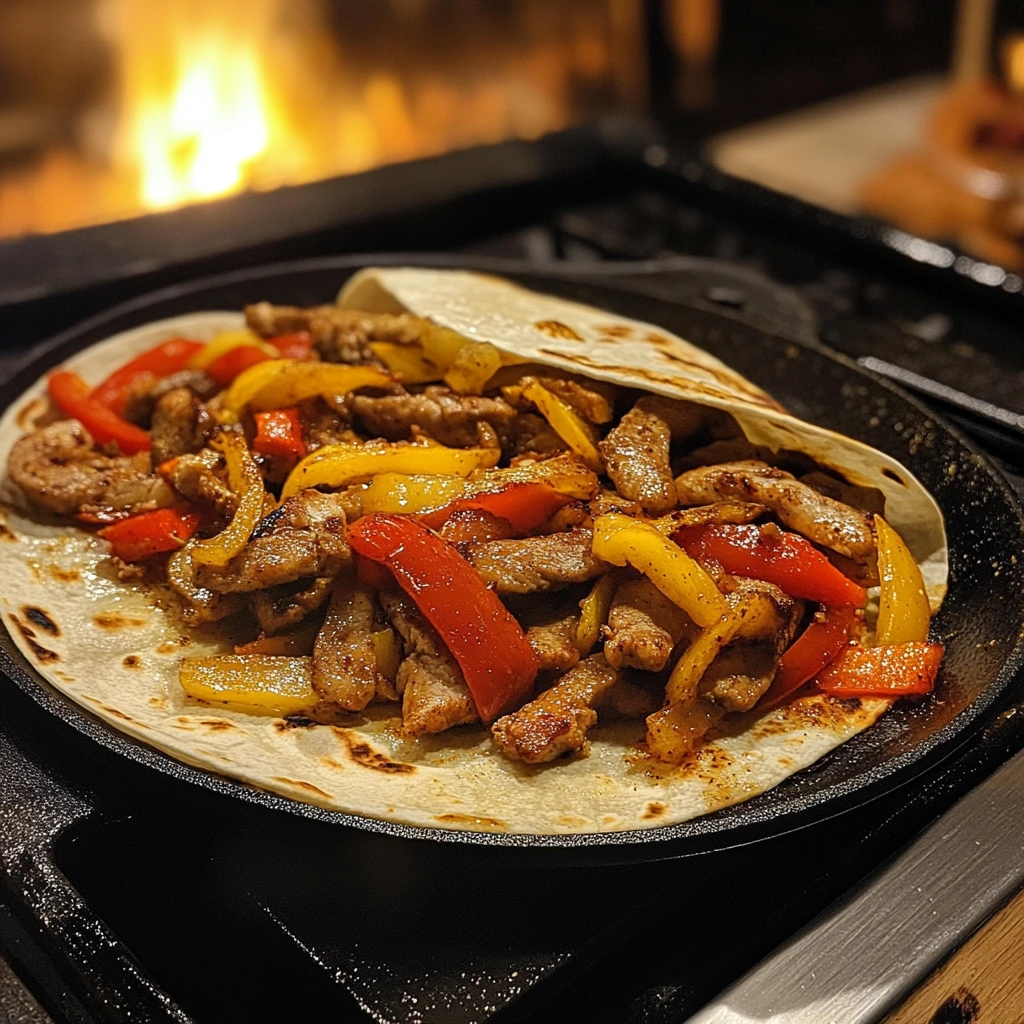
Why Mexican Fajitas Are the Perfect Weeknight Dinner
Mexican Fajitas are quick, flavorful, and easy to prepare, making them ideal for busy weeknights. Most ingredients are simple and easy to find. You can use chicken, beef, shrimp, or even tofu for variety. Bell peppers and onions cook fast and add vibrant color.
Everything comes together in one skillet, which means fewer dishes to wash. The cooking process is fast — most fajitas are ready in under 30 minutes. You can also prep ingredients ahead of time to save more time.
The meal is fun to assemble and even more fun to eat. Everyone at the table can build their own. That makes fajitas perfect for families with different tastes. It’s also a great way to use leftover proteins or vegetables. In short, fajitas are fast, flexible, and full of flavor.
The Signature Sizzle: What Sets Mexican Fajitas Apart
The sound of sizzling Mexican Fajitas is instantly recognizable — and unforgettable. It’s not just a cooking sound; it’s a preview of flavor. That dramatic sizzle comes from a hot skillet, usually cast iron, hitting the table while still steaming.
The aroma of grilled meat, spices, and sautéed peppers fills the air. It excites the senses before the first bite is taken. Few dishes offer that kind of anticipation. The sizzle is more than showmanship. It seals in flavor and keeps ingredients hot and fresh. This lively presentation turns a simple meal into an experience.
It also creates a strong connection between the food and the moment. In restaurants, the sizzle often turns heads across the room. At home, it makes dinner feel special. That’s the magic of fajitas — a meal that delights before it even hits your plate.
Essential Ingredients for Authentic Mexican Fajitas
Protein Picks – Chicken, Steak, or Shrimp?
Choosing the right protein is key to making great Mexican Fajitas. Chicken is a classic option — lean, versatile, and easy to season. It absorbs marinades well and cooks quickly.
Steak offers a richer, more robust flavor. Skirt or flank steak works best when sliced thin against the grain. A quick sear on high heat locks in juices.
Shrimp adds a light, slightly sweet flavor and cooks in minutes. It’s a great option when you want something fast and fresh.
Each protein brings its own texture and taste. You can even mix them for variety. No matter which you choose, marinating is important. It adds depth and keeps everything tender. Lime juice, olive oil, garlic, and spices create a bold base for any choice. Pick the one you love — or try them all for a crowd-pleasing combo.
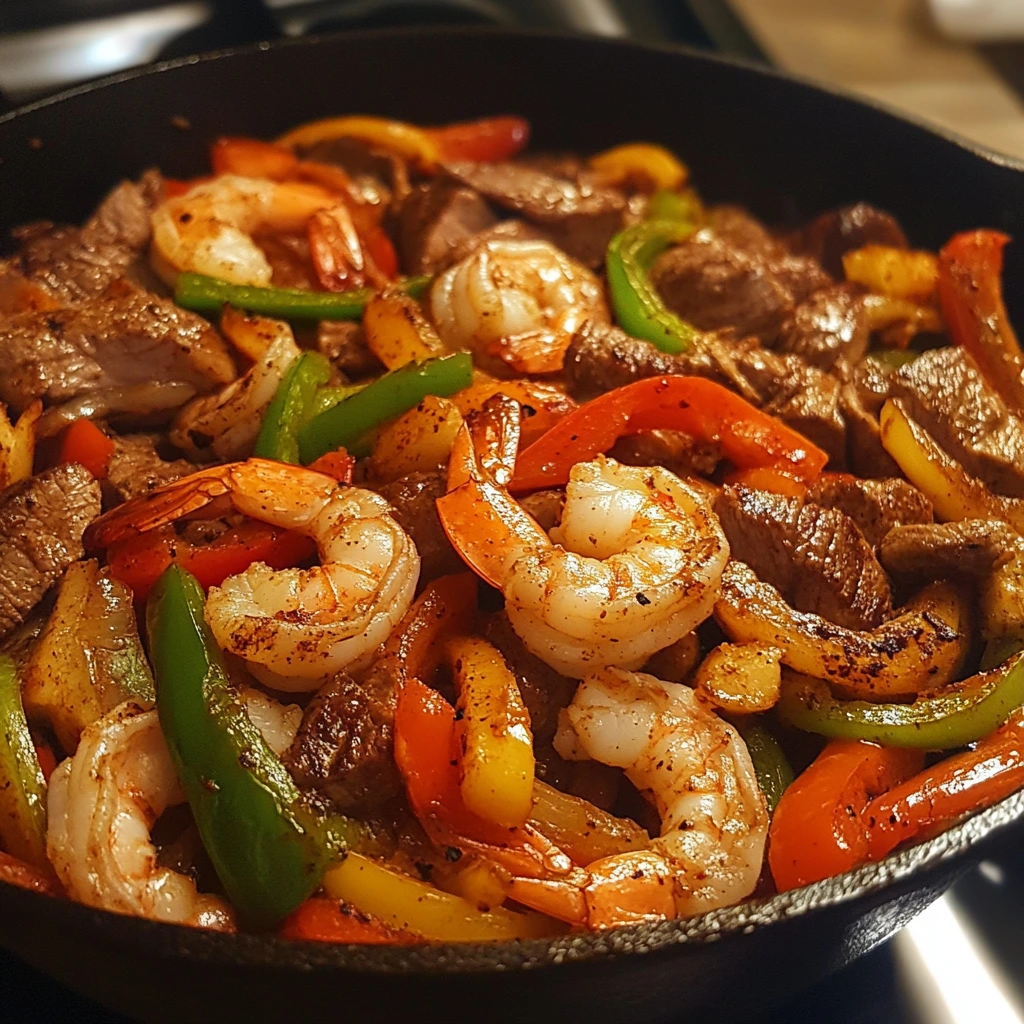
Vibrant Veggies – Bell Peppers and Red Onions
Bell peppers and red onions are essential to classic Mexican Fajitas. Their colors bring life to the plate — red, yellow, green, and orange. Each type of pepper has a slightly different flavor, from sweet to mildly bitter.
Red onions add a sharp bite that softens when cooked. Sautéing these vegetables unlocks their natural sweetness. A quick toss in olive oil and fajita seasoning enhances their flavor. The key is to cook them over high heat for a slight char without making them soggy.
Slice the veggies into even strips so they cook evenly and stay tender-crisp. You can prepare them ahead and store them in the fridge. When paired with seasoned meat, these vegetables complete the perfect bite. They add crunch, color, and a burst of freshness to every fajita. Don’t skip them — they’re more than just a side act.
Spice It Right – The Ultimate Fajita Seasoning Blend
A great fajita starts with bold, balanced seasoning. Skip the store-bought packets — homemade spice blends are fresher and more flavorful. The base includes chili powder, cumin, paprika, garlic powder, onion powder, and oregano. Add salt and black pepper to taste.
For extra kick, sprinkle in a pinch of cayenne pepper. Each spice adds depth, from smoky to earthy to slightly sweet. Mix the spices in a small bowl before cooking. Rub them directly onto the meat or stir into your marinade. This ensures even flavor in every bite. You can adjust the heat to suit your taste.
Make extra and store it in an airtight jar for later use. This blend also works well on vegetables, shrimp, or tofu. A well-seasoned dish brings the whole meal together. With the right mix of spices, your Mexican Fajitas will burst with irresistible flavor.
Step-by-Step Guide: How to Make Mexican Fajitas at Home
Marinating the Meat for Flavor Explosion
Marinating is the secret to tender, flavorful fajita meat. It breaks down fibers and infuses each bite with bold taste. Start with a mix of lime juice, olive oil, garlic, and your fajita seasoning blend. Lime juice adds brightness and helps tenderize the meat.
Olive oil locks in moisture and carries the spices deep into the protein. Add a touch of soy sauce or Worcestershire sauce for extra umami. Slice the meat before marinating to ensure every piece is coated evenly. Let it rest in the fridge for at least 30 minutes — longer if possible. Two to four hours is ideal.
Always marinate in a sealed container or zip-top bag. Avoid over-marinating, especially with shrimp, as acid can make it mushy. Proper marination elevates your Mexican Fajitas from simple to sensational.
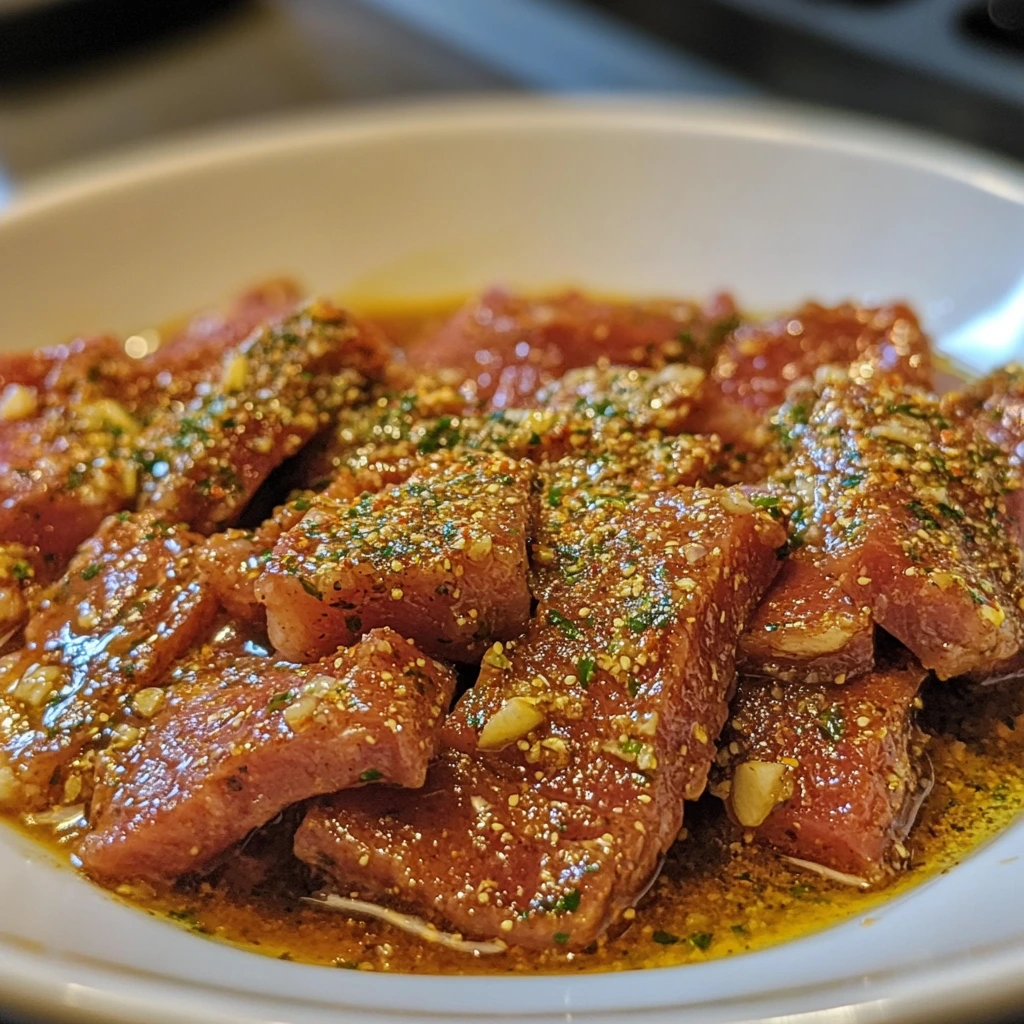
Mexican Fajitas Cooking Techniques – Skillet, Grill, or Oven
The way you cook Mexican Fajitas can change the flavor and texture dramatically. A cast iron skillet is the most popular method. It delivers a deep sear and that iconic sizzle. Preheat the skillet until it’s very hot before adding the meat. This locks in juices and creates a rich, caramelized crust.
Grilling adds smoky depth, perfect for steak or shrimp. Use high heat and cook quickly to avoid drying out the meat. Grill the veggies in a basket or directly on the grates for charred flavor.
Oven roasting works well for batch cooking. Spread everything on a sheet pan and cook at high heat. It’s easy and hands-off, great for busy nights.
Each method has its own strengths, so choose what suits your time and taste. No matter the technique, aim for high heat and quick cooking to preserve flavor and tenderness.
Assembling Your Mexican Fajitas for Maximum Joy
Building the perfect fajita is part of the fun. Start with a warm flour or corn tortilla as your base. Add a generous layer of seasoned meat — chicken, steak, or shrimp. Top it with sautéed bell peppers and red onions for crunch and color.
Next, choose your favorite toppings. Classic options include guacamole, sour cream, shredded cheese, and pico de gallo. A squeeze of fresh lime ties everything together with a burst of brightness.
Layer thoughtfully to balance textures and flavors in every bite. Don’t overload — a well-built fajita should fold easily in your hand. Let guests customize their own to suit their tastes. This makes the meal feel interactive and fun. Whether casual or festive, fajita assembly turns a simple dinner into a flavorful experience. It’s more than food — it’s a shared moment of joy.
Delicious Fajita Variations You’ll Love
Vegetarian Mexican Fajitas with Mushrooms and Zucchini
Vegetarian Mexican Fajitas are just as satisfying as their meat-filled counterparts. Mushrooms bring a meaty texture and deep, earthy flavor. Zucchini adds a tender bite and soaks up spices beautifully. Together, they create a hearty, colorful filling.
Slice the vegetables evenly so they cook at the same rate. Toss them in olive oil, fajita seasoning, and a splash of lime juice. Sauté in a hot skillet until lightly charred and tender, but not mushy. You can also grill them for extra smokiness.
Add red onions and bell peppers for added flavor and crunch. Serve the mixture in warm tortillas with guacamole, salsa, or crumbled queso fresco. These fajitas are perfect for vegetarians and meat-lovers alike. They’re fresh, vibrant, and packed with flavor. With the right seasoning and cooking technique, you won’t miss the meat at all.
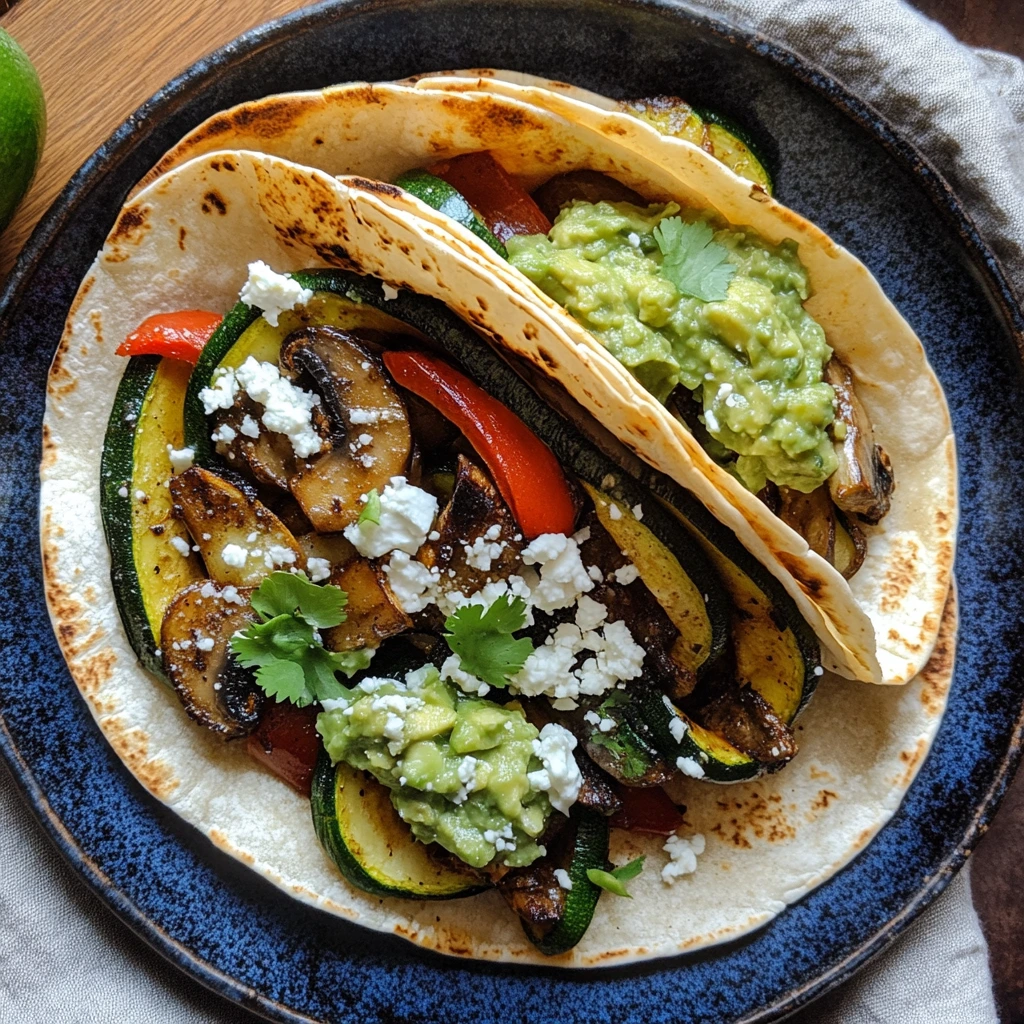
Low-Carb Mexican Fajitas Without Tortillas
You don’t need tortillas to enjoy flavorful Mexican Fajitas. A low-carb version can be just as delicious and satisfying. Swap tortillas for lettuce wraps, grilled portobello caps, or serve everything over a fajita salad bowl.
Crisp romaine or butter lettuce makes a great base. It holds the filling well and adds a fresh crunch. Pile on the grilled meat, peppers, and onions. Add toppings like guacamole, shredded cheese, or sour cream to boost flavor without the carbs.
For a heartier option, try layering everything in a bowl over sautéed cauliflower rice or chopped greens. Keep the seasoning bold to make the dish exciting and filling.
Low-carb fajitas are a smart choice for anyone cutting back on carbs but still craving big flavor. They’re fast, colorful, and endlessly adaptable. You won’t miss the tortilla — promise.
Kid-Friendly Mexican Fajitas with Mild Seasoning
Mexican Fajitas can be a hit with kids when you keep the flavors simple and fun. Use mild seasoning with less chili powder and no cayenne. Focus on gentle spices like garlic powder, paprika, and a touch of cumin.
Chicken is often the best choice for kids — it’s tender and easy to chew. Slice it thin and cook it until lightly golden. Pair it with sweet bell peppers and red onions, cooked just enough to soften.
Let kids build their own fajitas. Offer toppings like shredded cheese, sour cream, and avocado. Use small tortillas that fit little hands. This makes the meal interactive and more likely to be eaten without a fuss.
Avoid spicy sauces and keep flavors balanced. These fajitas are flavorful, not fiery — perfect for younger palates. It’s a fun, hands-on dinner the whole family can enjoy together.
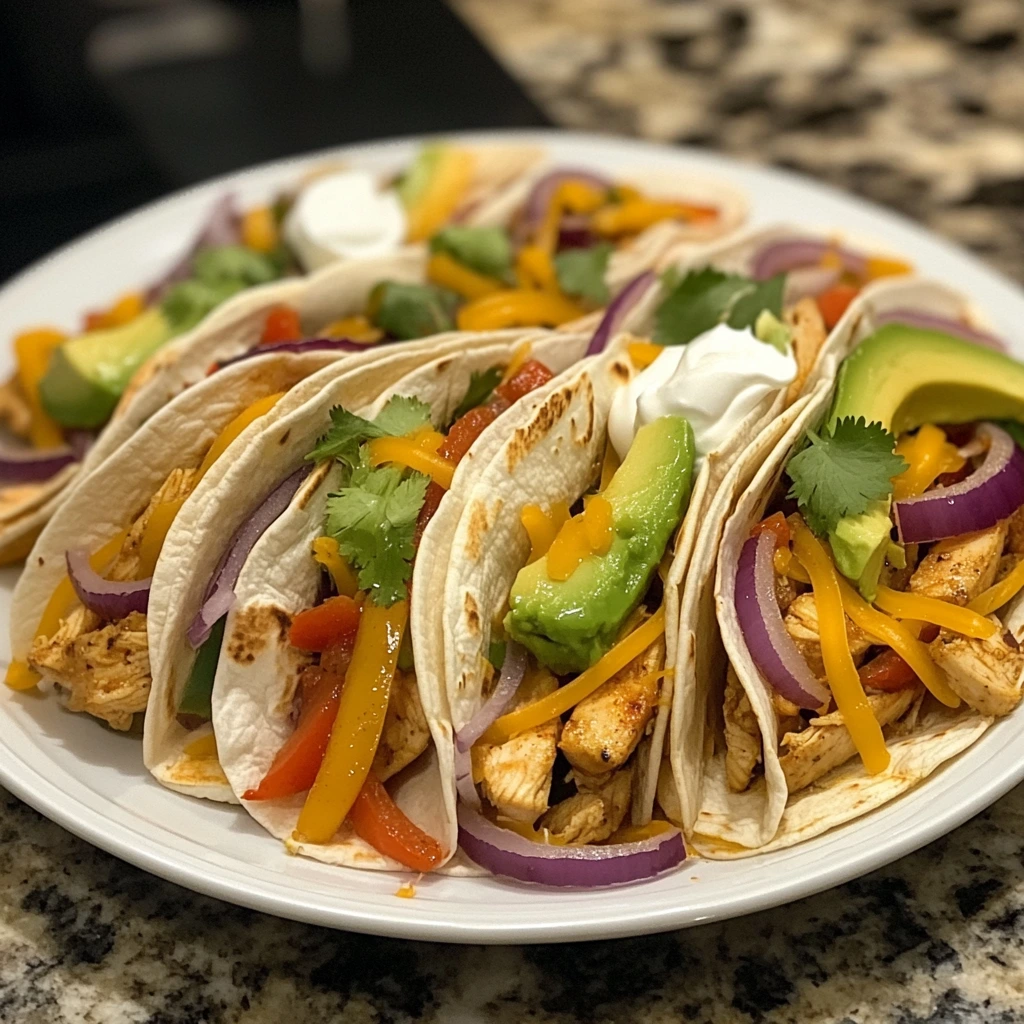
Serving & Storing: Making the Most of Your Fajita Feast
Best Toppings for Flavor and Texture
Toppings can take your Mexican Fajitas from good to unforgettable. They add contrast, balance, and a burst of fresh flavor. Guacamole brings creaminess and richness, while pico de gallo adds a bright, zesty kick.
Sour cream cools things down and pairs well with spicy seasoning. Shredded cheese, like cheddar or Monterey Jack, melts beautifully over warm fillings. For extra crunch, add shredded lettuce or thinly sliced radishes.
A squeeze of lime juice enhances all the flavors and ties them together. If you like heat, try a spoonful of jalapeño slices or hot salsa. Mix and match to suit your taste.
Toppings should complement, not overwhelm. Aim for a balance of textures: creamy, crunchy, fresh, and bold. Customize each fajita to make every bite exciting. Great toppings turn a simple dish into something memorable.
Side Dishes to Complete the Meal
The right side dishes can turn Mexican Fajitas into a full, satisfying meal. Mexican rice is a popular choice. It’s fluffy, flavorful, and pairs well with seasoned meats and veggies. Add tomato, garlic, and a hint of cumin for depth.
Refried beans offer creamy texture and extra protein. Serve them with a sprinkle of cheese on top. Street corn (elote) is another great option — grilled corn with mayo, lime, chili powder, and cotija cheese.
If you want something lighter, try a fresh black bean and corn salad. It adds color, crunch, and a touch of sweetness. Tortilla chips with salsa or guacamole are perfect for sharing.
Each side brings something different to the table. Choose a mix of warm and cool dishes to balance the meal. These simple additions turn your fajita night into a real feast.
Storing and Reheating Leftover Mexican Fajitas
Leftover Mexican Fajitas can be just as tasty the next day with proper storage. First, let everything cool to room temperature before storing. Keep the meat, veggies, and toppings in separate airtight containers. This helps preserve texture and flavor.
Store leftovers in the fridge for up to four days. For longer storage, freeze the cooked meat and vegetables — not the fresh toppings. Use freezer-safe bags and label them with the date.
To reheat, warm the meat and veggies in a skillet over medium heat. This keeps them juicy and prevents sogginess. Microwaving works in a pinch, but avoid overcooking. For frozen fajitas, thaw in the fridge overnight before reheating.
Warm fresh tortillas separately before assembling. Add toppings after reheating for the best taste and texture. With a little care, your leftover fajitas will still deliver bold, satisfying flavor.
Conclusion
Mexican Fajitas are more than a meal — they’re a flavorful experience anyone can create at home. With the right ingredients, seasoning, and a little prep, your kitchen can turn into a fiesta. Whether you choose chicken, steak, shrimp, or veggies, there’s a version for everyone.
Customize each bite with fresh toppings and bold sides. Store leftovers properly to enjoy them again later. Fajitas are fast, flexible, and full of joy — perfect for any night of the week. Now grab a skillet, and let the sizzle begin!

